Kingdom Plantae Family Solanaceae Species P. peruviana | Order Solanales Genus Physalis | |
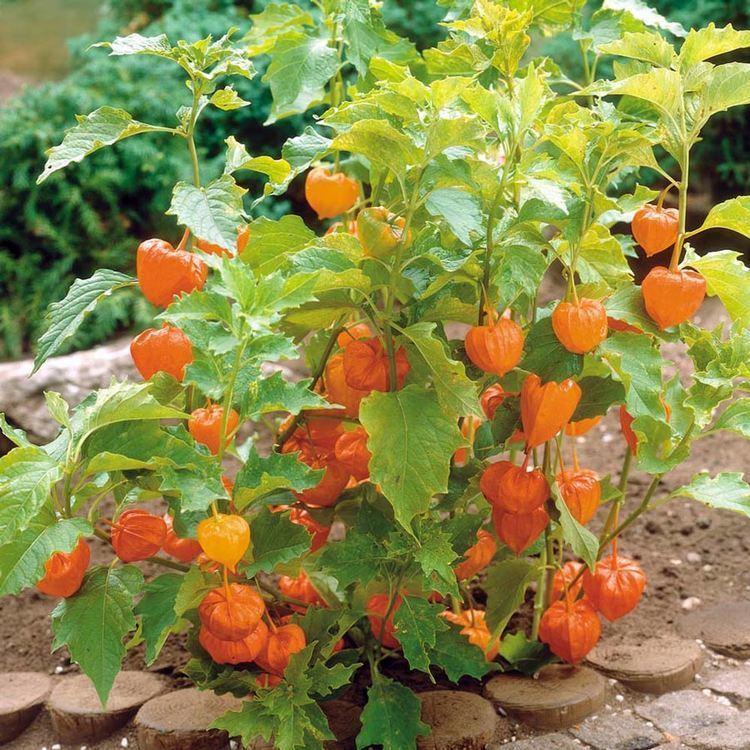 | ||
Similar Gooseberry, Tomatillo, Kumquat, Sugar, Water | ||
How to grow golden berry from seed starting physalis peruviana 27 01 2017
Physalis peruviana, a plant species of the genus Physalis, is originally from Peru. The plant and its fruit are most commonly known as Cape gooseberry (South Africa, UK, Australia, New Zealand), or Physalis.
Contents
- How to grow golden berry from seed starting physalis peruviana 27 01 2017
- Growing cape gooseberries physalis peruviana in england uk
- Description
- Geographic and cultivation origins
- Marketing
- Regional names
- Nutrients and basic research
- Pests and diseases
- References
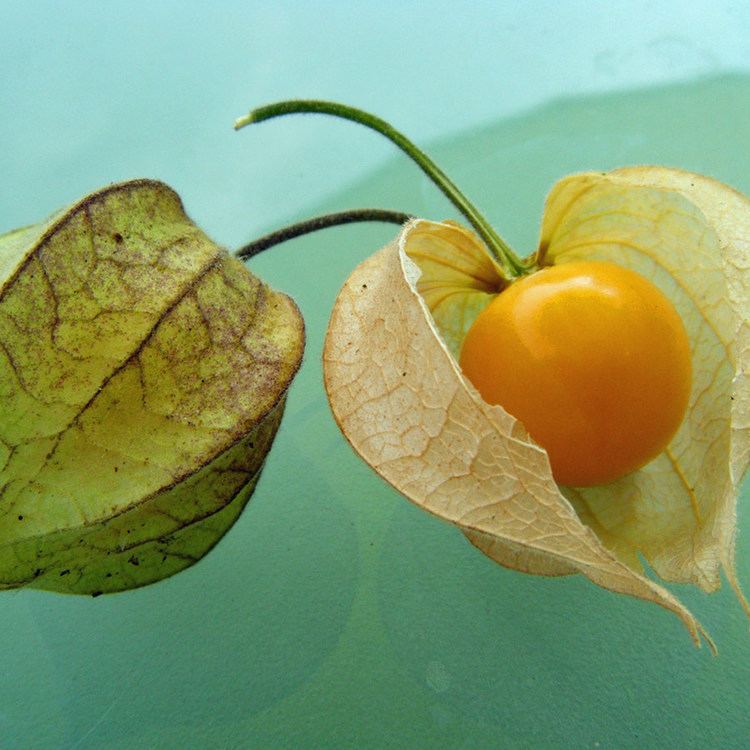
It is indigenous to western South America, but has been cultivated in England since the late 18th century and in South Africa in the region of the Cape of Good Hope since at least the start of the 19th century.
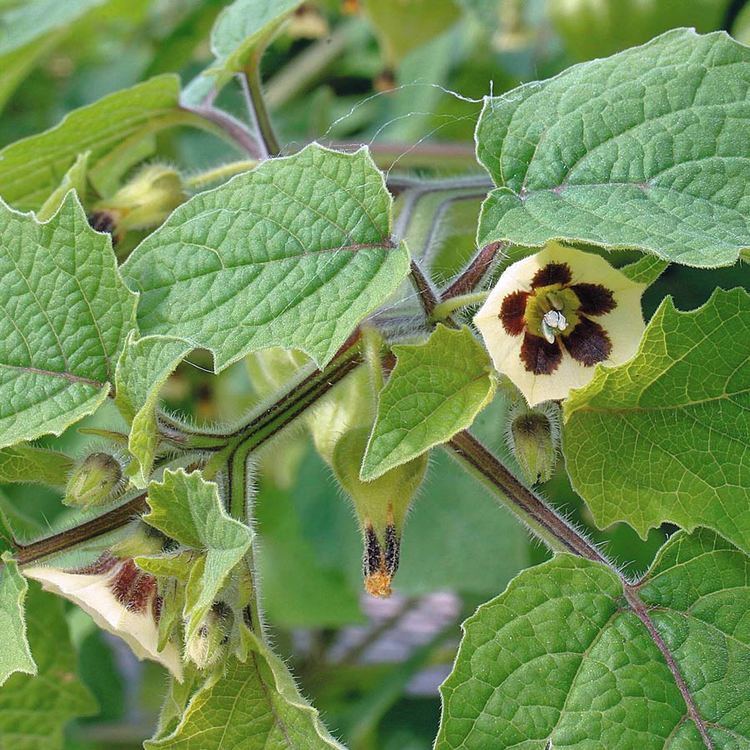
Growing cape gooseberries physalis peruviana in england uk
Description

Physalis peruviana is closely related to the tomatillo and to the Chinese lantern, also members of the genus Physalis. As a member of the plant family Solanaceae, it is more distantly related to a large number of edible plants, including tomato, eggplant, potato and other members of the nightshades. Despite its name, it is not closely related to the cherry, Ribes gooseberry, Indian gooseberry, or Chinese gooseberry.

The fruit is a smooth berry, resembling a miniature, spherical, yellow tomato. Removed from its bladder-like calyx, it is about the size of a marble, about 1–2 cm in diameter. Like a tomato, it contains numerous small seeds. It is bright yellow to orange in color, and it is sweet when ripe, with a characteristic, mildly tart flavor, making it ideal for snacks, pies, or jams. It is relished in salads and fruit salads, sometimes combined with avocado. Also, because of the fruit's decorative appearance, it is popular in restaurants as an exotic garnish for desserts.
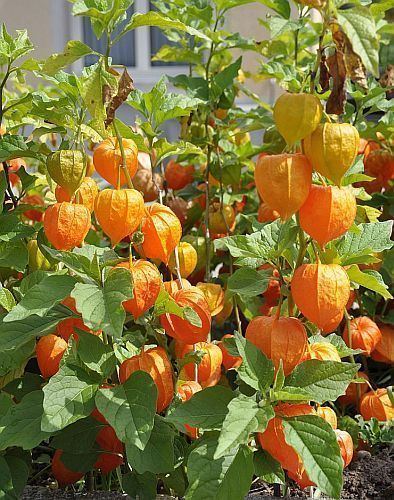
A prominent feature is the inflated, papery calyx enclosing each berry. The calyx is accrescent until the fruit is fully grown; at first it is of normal size, but after the petals fall it continues to grow until it forms a protective cover around the growing fruit. If the fruit is left inside the intact calyx husks, its shelf life at room temperature is about 30–45 days.
Geographic and cultivation origins
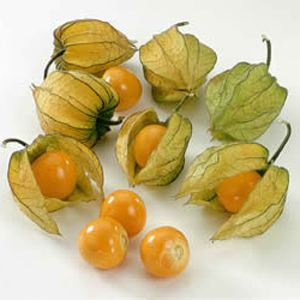
Native to high-altitude, tropical Chile and Peru, where the fruits grow wild, physalis is locally eaten and frequently sold in markets. It has been widely introduced into cultivation in other tropical, subtropical and even temperate areas, such as China, India, and Malaysia.

The plant was grown in England in 1774 and by early settlers of the Cape of Good Hope before 1807. It is not clear whether it was grown there before its introduction to England, but sources since the mid-19th century attribute the common name, "Cape gooseberry" to this fact. A popular suggestion is that the name properly refers to the calyx surrounding the fruit like a cape. This seems however, to be an example of folk etymology or false etymology, because it does not appear in publications earlier than the mid 20th century.
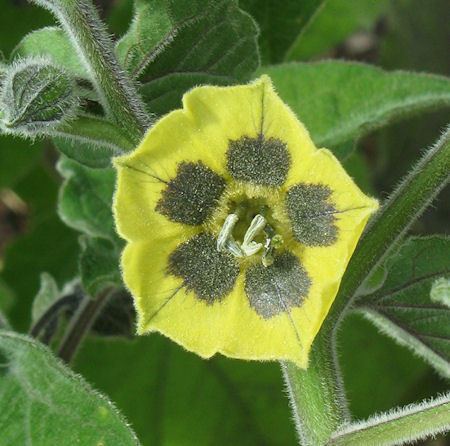
Not long after its introduction to South Africa, Physalis peruviana was introduced into Australia, New Zealand, and various Pacific islands. In South Africa, it is commercially cultivated; canned fruits and jam are common, often exported. It is also cultivated and naturalized on a small scale in Gabon and other parts of Central Africa. It is grown in India where it is called cape gooseberry.
Marketing
Physalis peruviana (from South America) fruits are marketed in the United States most commonly as goldenberry and sometimes Pichuberry, named after Machu Picchu in order to associate the fruit with its origin in Peru and address the fact that this fruit is actually not a gooseberry as the name Cape gooseberry implies.
In Britain, the fresh fruit is usually sold as Physalis, but the dried fruit is sold as goldenberry.
Regional names
The Cape gooseberry grows in northeastern China Heilongjiang Province as a seasonal fruit harvested in late August through September. In Chinese pinyin, the fruit is informally referred to as gu niao or mao suan jiang.
It is grown in Thailand, particularly on Doi Inthanon, and in Egypt, where it is known locally as harankash or as is-sitt il-mistahiya (the shy woman), a reference to the papery sheath.
In French, it is called amour en cage ("love in a cage"), as well as other possible names, such as Peruvian coqueret, alkékenge, lanterne chinoise ("Chinese lantern") (Physalis alkekengi), cerise de terre ("earth cherry"), or tomatillo (Physalis philadelphica).
Nutrients and basic research
According to nutrient analyses by the USDA, a 100 g serving of Cape gooseberries is low in calories (53 kcal) and contains moderate levels of vitamin C, thiamin and niacin, while other nutrients are negligible (see table). Analyses of oil from different berry components, primarily its seeds, showed that linoleic acid and oleic acid were the main fatty acids, beta-sitosterol and campesterol as principal phytosterols, and the oil contained vitamin K and beta-carotene.
Basic research on Cape gooseberry includes studies on polyphenols and/or carotenoids. Phenolic content varies in Cape gooseberries according to type of cultivar and time of fruit ripening.
Pests and diseases
In South Africa, cutworms are the most important of the many insect pests that attack the cape gooseberry in seedbeds; red spiders after plants have been established in the field; and the potato tuber moth if the cape gooseberry is in the vicinity of potato fields. Hares damage young plants, and birds eat the fruits if not repelled. In India, mites may cause defoliation. In Jamaica, the leaves were suddenly riddled by what were apparently flea beetles. In the Bahamas, whitefly attacks on the very young plants and flea beetles on the flowering plants required control.
In South Africa, the most troublesome diseases are powdery mildew and soft brown scale. The plants are prone to root rots and viruses if on poorly drained soil or if carried over to a second year. Therefore, farmers favor biennial plantings. Bacterial leaf spot (Xanthomonas spp.) occurs in Queensland. A strain of tobacco mosaic virus may affect plants in India. In New Zealand, plants can be infected by Candidatus liberibacter subsp. solanacearum.
